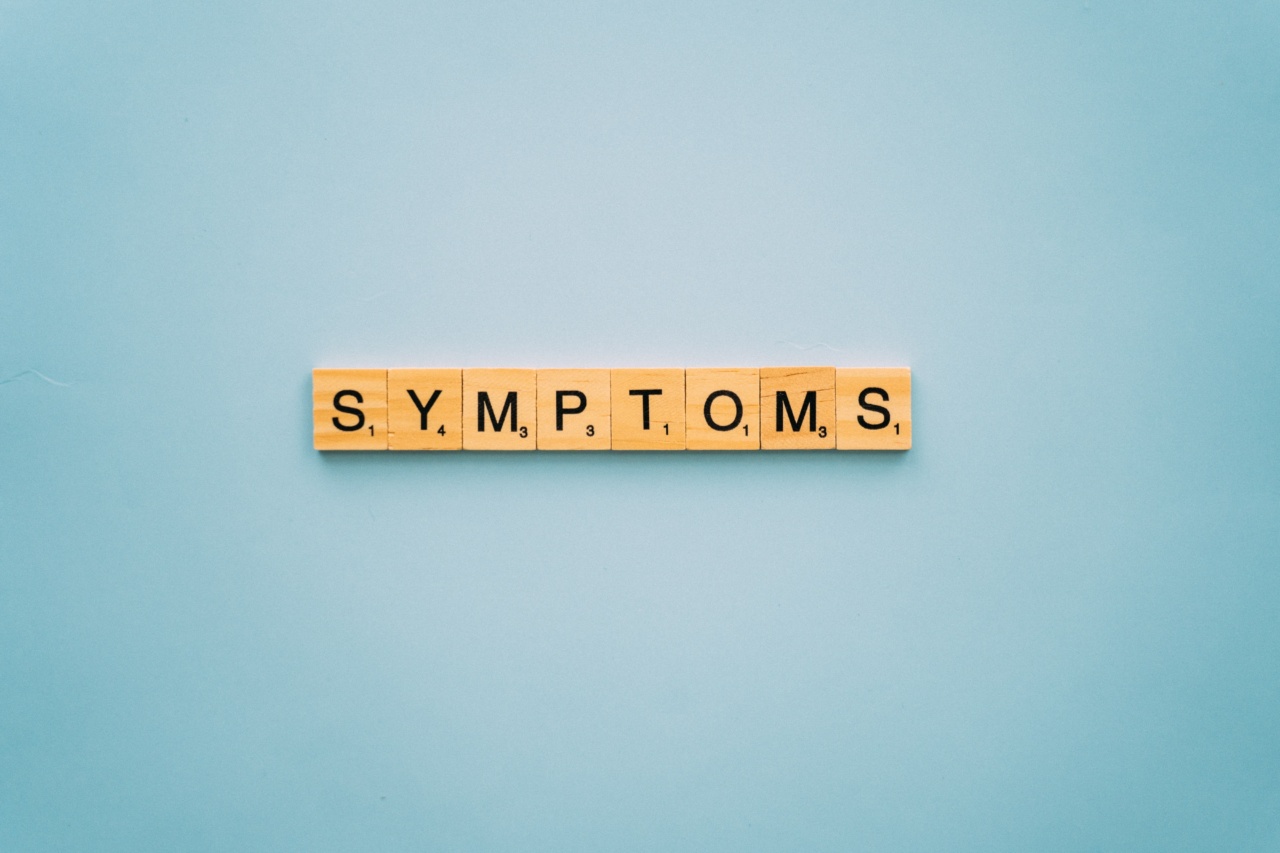Meningitis is a serious infection that can lead to severe brain damage or even death if not treated immediately.
This inflammation of the protective membranes surrounding the brain and spinal cord can be caused by viruses, bacteria, or other microorganisms. Meningitis can affect people of all ages, but infants, children, and teenagers are at a higher risk of getting this illness.
In this article, we will discuss the signs and symptoms of meningitis, so that you can recognize it and seek medical help promptly.
Types of Meningitis
There are two main types of meningitis: bacterial meningitis and viral meningitis. While both infections can be serious, bacterial meningitis is more severe and can lead to brain damage or death without urgent treatment.
Bacterial meningitis is a medical emergency that requires hospitalization and aggressive treatment with antibiotics. Viral meningitis is usually less severe, and most people recover without any specific treatment.
Signs and Symptoms of Bacterial Meningitis
Bacterial meningitis can develop quickly and can be life-threatening within hours. The following symptoms can occur suddenly:.
- High fever and chills
- Stiff neck and severe headache
- Nausea, vomiting, and sensitivity to light
- Seizures or convulsions
- Confusion or disorientation
- Drowsiness or difficulty waking up
- Loss of appetite and dehydration
- Petechial rash (small red or purple spots on the skin)
- Breathing difficulties and shock (in severe cases)
If you or someone you know experiences any of these symptoms, seek immediate medical attention as soon as possible.
Signs and Symptoms of Viral Meningitis
Viral meningitis can cause similar symptoms to bacterial meningitis, but it’s usually less severe and often goes away on its own without treatment. The following symptoms can develop gradually over several days:.
- Fever, headache, and muscle aches
- Stiff neck and sensitivity to light
- Nausea, vomiting, and diarrhea
- Confusion, disorientation, and irritability
- Drowsiness or difficulty waking up
- Poor feeding and lack of appetite (in infants)
- Mild rash or skin lesions (in some cases)
If you or your child experiences any of these symptoms, see your healthcare provider for an evaluation.
Although most people recover fully from viral meningitis, some may experience long-term complications such as hearing loss, seizures, or cognitive impairment.
How is Meningitis Diagnosed?
Diagnosing meningitis requires a thorough medical evaluation, including a physical exam, a review of symptoms, and various laboratory tests. These tests may include:.
- Blood tests to check for signs of infection and inflammation
- Spinal tap (lumbar puncture) to collect cerebrospinal fluid (CSF) for analysis and culture
- CT scan or MRI to check for any signs of brain inflammation or swelling
A diagnosis of meningitis is based on the results of these tests, along with the clinical features and medical history of the patient.
Treatment and Prevention of Meningitis
The treatment and prevention of meningitis depend on the type and severity of the infection. Bacterial meningitis requires hospitalization and immediate treatment with antibiotics, which can be given intravenously for several days or weeks.
Viral meningitis usually resolves on its own within a week or two, and treatment is mainly supportive, including rest, hydration, and pain relief.
Other preventive measures for meningitis include:.
- Vaccines: Vaccines are available to prevent certain types of bacterial meningitis, such as meningococcal meningitis and pneumococcal meningitis.
- Good hygiene: Practicing good hygiene measures, such as washing hands frequently and avoiding sharing utensils or drinks, can help prevent the spread of meningitis.
- Avoiding close contact: Avoiding close contact with people who have meningitis can reduce the risk of getting infected.
Conclusion
Meningitis is a serious disease that can have life-threatening consequences if not diagnosed and treated promptly.
The signs and symptoms of meningitis can vary depending on the type and severity of the infection, but common symptoms include fever, headache, stiff neck, nausea, and confusion. If you or someone you know experiences any of these symptoms, seek medical attention immediately. Early diagnosis and treatment can help prevent serious complications and improve the chances of a full recovery.



























